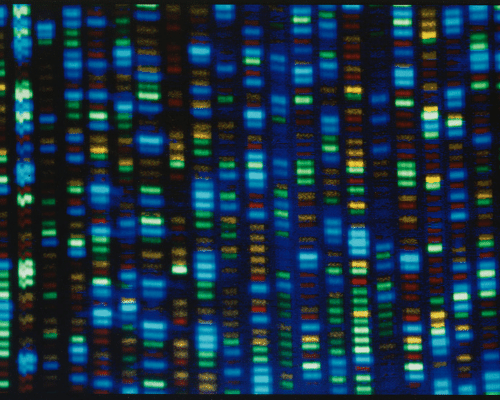
The University of Washington Genetics Analysis Center (GAC), based in the Department of Biostatistics in the School of Public Health, will be the Coordinating Center for the National Institutes of Health (NIH)’s new Polygenic Risk Score Diversity Consortium called PRIMED. The aim of the consortium is to develop methods that improve how polygenic risk scores (PRS) are used to predict disease risk across
PRS estimate a person’s risk for specific diseases or conditions based on how similar or different
While PRS have been developed for many conditions, such as coronary heart disease and diabetes, they have been generated using genetic data from overwhelmingly European ancestry populations and often work poorly in others.
“One of our biggest concerns is that data used to calculate polygenic risk scores do not include sufficient numbers of individuals from diverse populations, falling short of effectively predicting disease risk in non-European populations,” said Teri Manolio, M.D., Ph.D., director of the Division of Genomic Medicine at National Human Genome Research Institute (NHGRI). “This is an area where the consortium’s work will be critical.”
The consortium will pool genomic and clinical information from new and existing datasets to develop and evaluate PRS for specific diseases, with an emphasis on improving prediction in people from non-European populations and establishing analytic best practices.
With 14 years of experience as a coordinating center for several large-scale genomics research projects, the GAC
“For the Polygenic Risk Score Diversity Consortium, we are in many ways extending the GAC’s past work in Genome-Wide Association Studies (GWAS), specifically in data cleaning, harmonization, and running analyses,” said Sarah Nelson, a GAC research scientist who is one of the project managers for the coordinating center.
“GWAS are used to identify the genetic variants related to a particular disease, and PRS use those GWAS statistics from hundreds or thousands of genetic variants to help predict a person’s risk for having that disease,” said Matthew Conomos, a GAC research scientist who will be leading analysis and methods development at the coordinating center. “The analysis approaches for PRS development in diverse populations are a natural extension of our prior work in GWAS of these groups.”
In this work GAC will expand its commitment to extending genetic research beyond primarily European ancestry populations.
“Previously we were the Genetic Analysis Center for the NHLBI Hispanic Community Health Study/Study of Latinos (HCHS/SOL) and since 2014 have served as the Data Coordinating Center for the NHLBI Trans-Omics for Precision Medicine (TOPMed) program, which comprises 60% non-European ancestry participants. A new and exciting direction for us is to have funding specifically for examining Ethical, Social, and Legal Implications (ELSI) of PRS in diverse populations, in collaboration with other consortium study sites. This important aspect of the new project will avoid exacerbating current health and healthcare inequities,” said Nelson.
First steps for the GAC include meeting with consortium members to learn about the data they will bring to the project as well as their analytic, clinical, and other scientific expertise. Practical steps include setting up channels of communication, modes of collaboration, and orienting GAC researchers and the other consortium investigators to NHGRI’s new cloud platform for data sharing and analysis, the AnVIL (Analysis, Visualization, and Informatics Lab-space).
- Deb Nelson, UW Biostatistics Communications